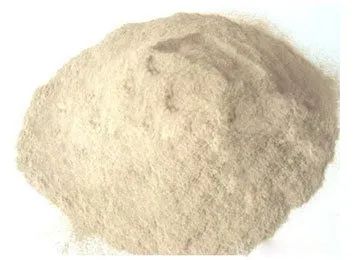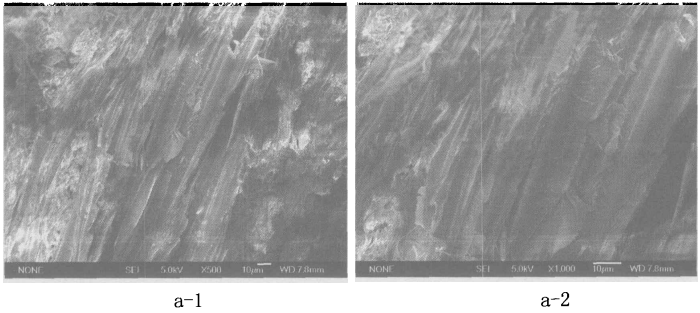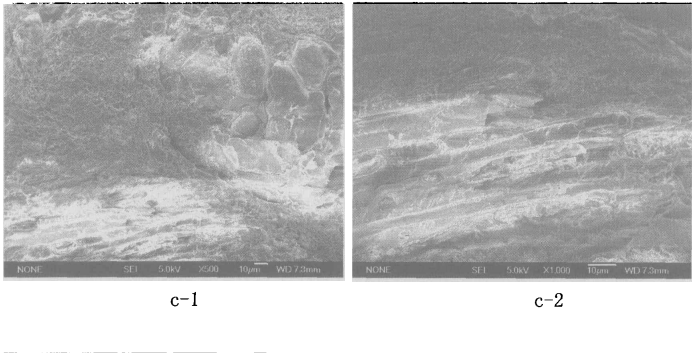As an organic filler for plastics, wood powder has many excellent properties that are incomparable to other inorganic fillers; wide range of sources, low price, low density, good insulation, and low wear on processing equipment

However, it is not as widely used as inorganic fillers, mainly due to poor compatibility with the base resin, poor dispersion in molten thermoplastics, poor fluidity and difficulties in extrusion processing.
As the main component of wood powder is cellulose, which contains a large number of hydroxyl groups, these hydroxyl groups form inter-molecular hydrogen bonds or intra-molecular hydrogen bonds, making the wood powder water-absorbent, with a moisture absorption rate of up to 8%-12%, and very polar; while most thermoplastics are non-polar and hydrophobic, so the compatibility between the two is poor and the bonding force at the interface is very small.
Therefore, to obtain excellent performance and qualified plastic wood composites.
The first problem to be solved is that of material compatibility. The compatibility problem is mainly solved by adding various modifiers.
Why does the performance of the composite improve with the use of various modifiers? How does the interface between the non-polar matrix resin and the polar wood powder change as a result of the modifiers?
This question was attempted to be answered by analysing SEM photographs of the impact fractures of the composites. Composites made by mixing wood flour (60 mesh) directly with HDPE without any modifier and composites made by treating wood flour with 1.5% silane coupling agent, as well as composites modified with 6 parts of PE-g-MAH and EVA-g-MAH, respectively, were selected for impact fracture analysis.
Figure shows the impact fracture profile of HDPE/wood flour composites at room temperature
(Note: a is unmodified; b is silane coupling agent; c is PE-g-MAH modified; d is EVA-g-MAH modified)

As shown in the figure: From photos a-1 and a-2 we can clearly see that the interface between the HDPE and wood flour of the composite without any modifier is very smooth and neat after peeling. Therefore, when the material is subjected to external forces, no effective force transfer can be formed through the interfacial layer and the wood powder and matrix resin can be easily peeled off.

As can be seen from photos b-1 and b-2, the impact fracture profile of the composites made with the 1.5% silane coupling agent treatment of the wood powder has changed considerably, the surface is no longer as smooth as before the modification and there are many fibrous materials attached to the surface. This is due to the deformation of the matrix resin during the fracture process, indicating that the coupling agent modified wood powder and HDPE formed an effective interfacial layer, enhancing the interfacial bonding between the wood powder and HDPE matrix.

Photos c-1 and c-2 show the impact fracture profiles of the wood-plastic composites made with six parts of PE-g-MAH as a compatibiliser. The surface is not as smooth and uneven as it was before the addition of PE-g-MAH, indicating that the use of PE-g-MAH also enhances the interfacial compatibility of the composites and improves the affinity between the HDPE and wood flour surfaces.

Photos d-1 and d-2 show the impact fracture morphology of the composites made by adding six parts of EVA-g-MAH as a compatibiliser. It can be seen that some thin fibrous material appears on the fracture surface after fracture, and the cavity left by the peeling of the wood powder and the matrix resin has obvious deformation. This is due to the use of EVA-g-MAH to improve the interfacial compatibility of the composite. The deformation of the matrix resin caused by the peeling of the wood powder from the matrix resin under the action of external forces. After the above analysis it can be concluded that the coupling agent treatment of the wood powder or the use of the compatibiliser effectively improves the interfacial compatibility of the wood powder and HDPE, increasing the interfacial adhesion and therefore the performance of the composite.











